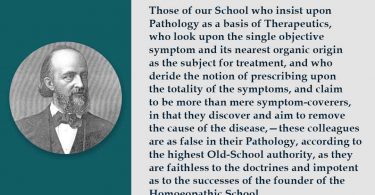If your vision deteriorates, a professional optometrist can diagnose you and prescribe proper medication. Regularly visiting an eye doctor can help them know your vision history and recommend the right eye care tips. Knowing your type of vision can enable you to answer the doctor’s questions during consultation or appointment correctly. Here are five types of vision and how to determine which kind you have:
1. Nearsightedness
Nearsightedness or shortsightedness implies that you can see objects or people that are close more clearly than far ones. This type of vision can cause excessive blinking or frequent eye rubbing so you can see clearly. Various reasons may cause this, including steep cornea curvature or an oval-shaped eye, which can hinder light rays from focusing on the retina’s surface. An eye care specialist can recommend dual focal contact lenses as they improve how light rays focus on the retina.
2. Astigmatism
This type of vision may blur or disrupt eye focus. The inability of your eyes to focus on one point can be a sign of astigmatism. Astigmatism can occur due to an imperfect cornea curvature or a thin, protruding cornea tissue. An eye doctor can recommend rigid-gas permeable contact lenses because of their ability to give a sharp vision.
3. Emmetropia
This healthy vision lets you see things clearly at different distances. When you have emmetropia, your eyes shouldn’t strain or blink excessively. The lack of eye focus or refractive errors eliminates the need for contact lenses. If you have this vision, an optometrist may recommend a healthy diet like vegetables, fruits, and foods rich in omega-3.
4. Farsightedness
This type of vision means you can see things clearly when they are at a distance. A blurred vision of objects near you can result from a small-sized eye. When you have farsighted vision, the cornea causes light rays to bend and focus behind the retina’s surface. An eye care doctor can recommend trifocal eyeglasses or spherical contact lenses because they broaden images of near objects.
5. Presbyopia
Presbyopia vision is being unable to see nearby objects clearly as you age. The condition develops as the eye lenses may harden with time. Sunglasses can protect your eyes from harmful UV rays and prevent this condition. A specialist can recommend eye exercises like focus changes, palming, and eye rolls. Keeping yourself hydrated and avoiding smoking or alcohol can reduce the risks of presbyopia.
Signs You Should Visit an Optometrist
An optometrist can be helpful if you are experiencing eye pain, blurred vision, eye fatigue, itchiness, or light sensitivity. Eye pain can result from allergies, injuries, migraines, or eyelid inflammation. An eye care doctor can prescribe over-the-counter painkillers like antihistamines. They can also give you an eyewash, eyedrops, or antibiotics to treat corneal abrasions.
Your eye doctor should have a license from the American Board of Optometry. American Optometrist Association membership can signify a reputable eye care specialist. Contact several eye doctors and ask about pricing so you can accurately estimate the treatment cost.
Contact an Eye Doctor Today
An optometrist can diagnose your eye conditions and prescribe the right medication. They can help you know the best lifestyle for promoting your eye health. Visit an eye doctor if you’re nearsighted, farsighted, astigmatic, or presbyopic.




